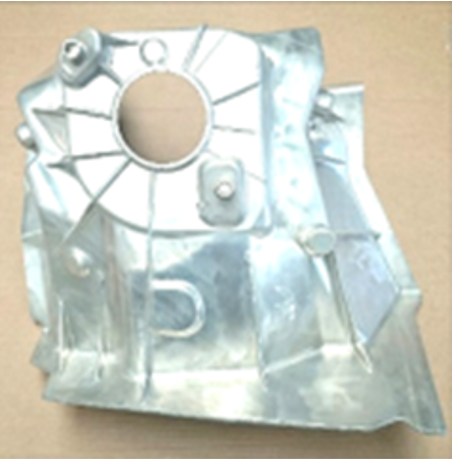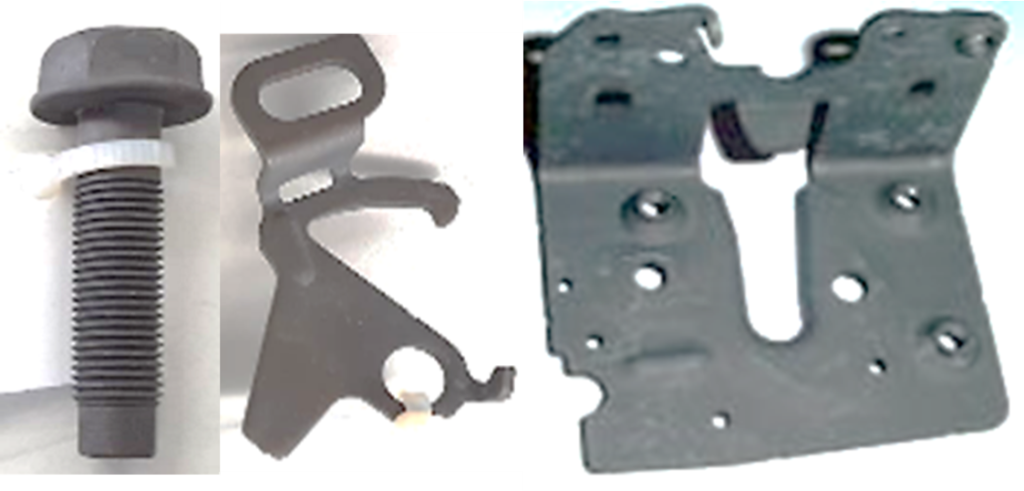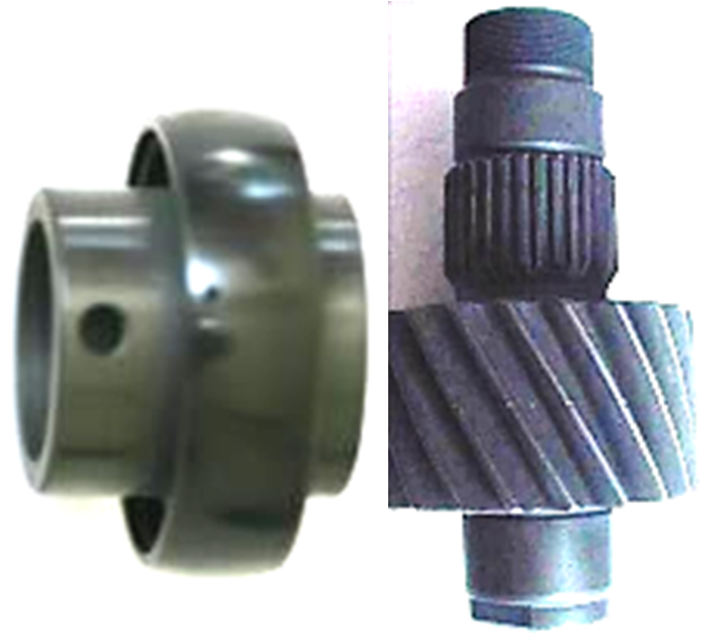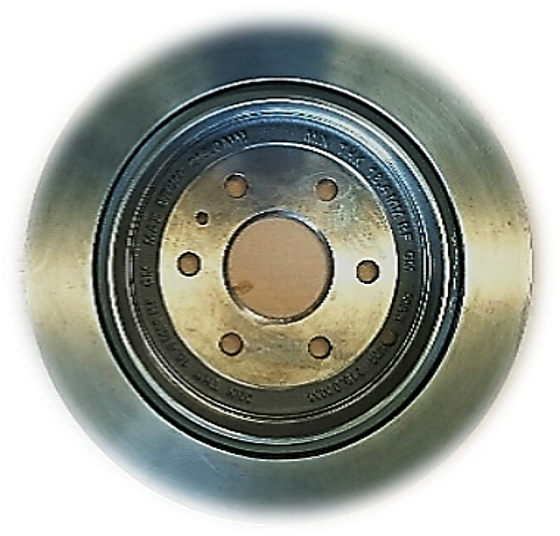Passivation of a Stainless Steel surface that is resistant to corrosion requires the dissolving of foreign matter which can embed in the surface during machining, forming or fabrication. If allowed to remain, these abrasive particles may corrode and produce rust spots. Passivation dissolves this foreign matter, forming a thin, transparent, passive film on the substrate. This makes the steel “passive”, losing its chemical reactivity — greatly improving corrosion protection without changing dimensions of the parts.
Passivation of a Aluminum surface that is resistant to corrosion requires the dissolving of particles of the aluminum and re-depositing them back onto the surface with additional chemical elements to create a conversion coating which offers excellent corrosion resistance.
MPI’s Zinc Phosphate process is widely used to improve corrosion resistance and paint adhesion on steel and iron. Immersion or spray-applied coating weights from 150mg/sqft to 1200mg/sqft can easily be achieved. While the crystalline structure produced is typically reserved as a base for paint adhesion, it can also serve as a short term corrosion inhibitor while improving the substrate’s appearance.
Manganese Phosphate treatments utilize a manganese salt, phosphoric acid and an accelerator, applied at very high temperatures. This conversion coating process involves the dissolution of the base metal, and subsequently forms part of the actual coating — offering excellent wear resistance. MPI’s Manganese Phosphate process is widely used for parts that require lubrication during a break in process. Immersion-applied coating weights of between 500mg/sq ft to 1500mg/sq ft can easily be achieved. Pistons, gears, spline shafts, bearing housings and other components are carefully treated to attain the highest protection necessary for engine start-up and all critical functions.
MPI’s Iron phosphate process is a proven method for strengthening paint adhesion and corrosion resistance on a variety of substrates. Immersion or spray-applied coating weights from 25mg/sqft to 100mg/sqft can be easily achieved. While the amorphous structure produced is typically reserved as a base for paint application, it can also serve as a short term corrosion inhibitor while improving the appearance of the substrate. This process represents fewer stages and more cost effectiveness than Zinc phosphate.




